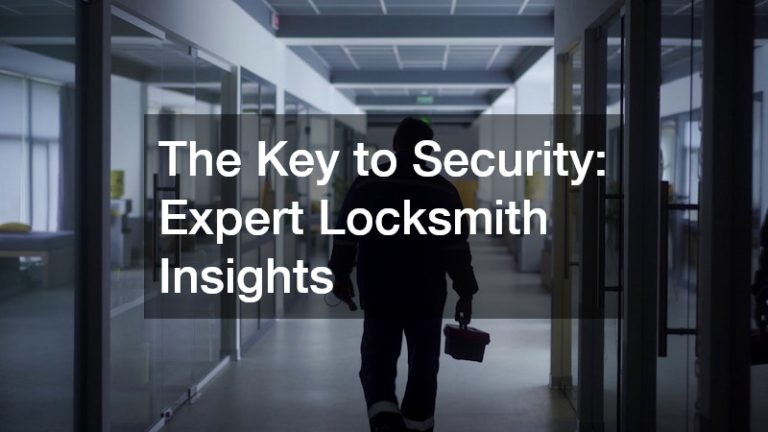
With the growing push towards renewable energy and reducing carbon emissions, solar power has become a leading option for Australian households and businesses alike. However, choosing the right solar power solution can be a complex task.
It involves more than just picking the system with the lowest price tag. To truly benefit from this clean energy source, it’s essential to evaluate your needs, understand system components and compare provider offerings. This guide outlines the key factors to consider when selecting the ideal solar setup for your property.
Assess Your Energy Needs
The first step in choosing the right solar power solution is to understand your current and future energy consumption. Review your electricity bills to determine your average daily usage in kilowatt-hours (kWh). This provides a baseline for system size requirements.
If your household or business is growing or if you plan to add energy-hungry appliances (such as an electric vehicle or pool heating), factor this into your estimates. Solar systems are scalable, so identifying your energy goals upfront ensures you invest in a system that delivers value over time.
Understand Different System Types
There are three main types of solar power systems: grid-connected, hybrid and off-grid.
Grid-connected systems are the most common in urban and suburban areas. They supply power to your property while remaining connected to the main electricity grid, allowing you to draw power when needed and feed excess energy back for credits (feed-in tariffs).
Hybrid systems include battery storage, providing backup power during outages and enabling more efficient use of your solar energy, particularly at night.
Off-grid systems are completely independent from the electricity network. These are ideal for remote locations but require careful planning and higher upfront investment due to their reliance on batteries and backup generators.
Your choice will depend on location, budget and your desire for energy independence or resilience.
Evaluate Roof Suitability & Positioning
Solar panels perform best when installed in locations that receive consistent sunlight throughout the day. In Australia, north-facing roofs typically yield the best results. However, east- and west-facing panels can also be effective, especially when trying to capture morning or afternoon sun.
Check the structural integrity of your roof and consider any shading from trees, chimneys or neighbouring buildings that could impact panel efficiency. A professional installer should conduct a thorough site inspection before providing system recommendations.
Compare System Sizes & Efficiency
Solar power systems are generally sized based on your daily energy usage and the space available for installation. In Australia, residential systems commonly range between 3kW and 10kW. A larger system can generate more electricity, but may not always be the most cost-effective choice if your usage is moderate or if export tariffs are low.
Panel efficiency also matters. Higher-efficiency panels produce more power per square metre and may be a better option if roof space is limited. Look for panels with strong performance warranties (typically 25 years), as this signals long-term reliability.
Research Inverter Quality
The inverter is the heart of any solar power system. It converts the direct current (DC) electricity produced by your panels into alternating current (AC) electricity used in your home or business. A reliable, high-quality inverter ensures your system performs consistently and safely.
There are three main types of inverters: string inverters, microinverters and power optimisers. String inverters are cost-effective and widely used, while microinverters and power optimisers offer better performance in shaded or complex roof layouts by optimising each panel individually.
Consider Battery Storage
Battery technology has improved rapidly in recent years, making it more accessible and cost-effective. While not essential for all solar power systems, batteries allow you to store excess energy generated during the day for use at night or during blackouts.
Whether you install a battery now or design your system to be battery-ready in future depends on your budget and energy goals. Some government rebates or incentives may apply, helping to reduce initial costs.
Check Certifications & Warranties
Ensure your solar system components—panels, inverter and battery—are certified to Australian standards and listed on the Clean Energy Council’s (CEC) approved products list. This not only guarantees product quality but also ensures eligibility for any rebates or incentives.
Warranties vary, but aim for at least 10 years on inverters and 25 years on panels. Also, review the installer’s workmanship warranty. Reputable providers typically offer at least five years of installation coverage.
Choose a Trusted Installer
Selecting an experienced and accredited installer is crucial to system performance and safety. Choose a provider that is CEC-accredited, has positive customer reviews and offers clear, transparent quotes.
Beware of high-pressure sales tactics or deals that seem too good to be true. A reliable installer should provide a detailed proposal including estimated energy output, return on investment, payback period and system performance under varying conditions.
Factor in Government Incentives
Various federal and state-based rebates or incentives can significantly reduce the upfront cost of installing solar. The most well-known is the Small-scale Renewable Energy Scheme (SRES), which provides Small-scale Technology Certificates (STCs) based on system size and location. These are typically applied as a point-of-sale discount.
Some states also offer additional battery incentives or feed-in tariffs. Check current programs through government websites or speak with your installer about available benefits.
Choosing the right solar power solution requires careful consideration of your energy usage, property characteristics and long-term goals. By understanding the different system types, evaluating product quality and working with a trusted installer, you can enjoy the financial and environmental benefits of solar energy for decades to come. Solar power isn’t just a smart investment—it’s a step toward a cleaner, more sustainable future.
.



